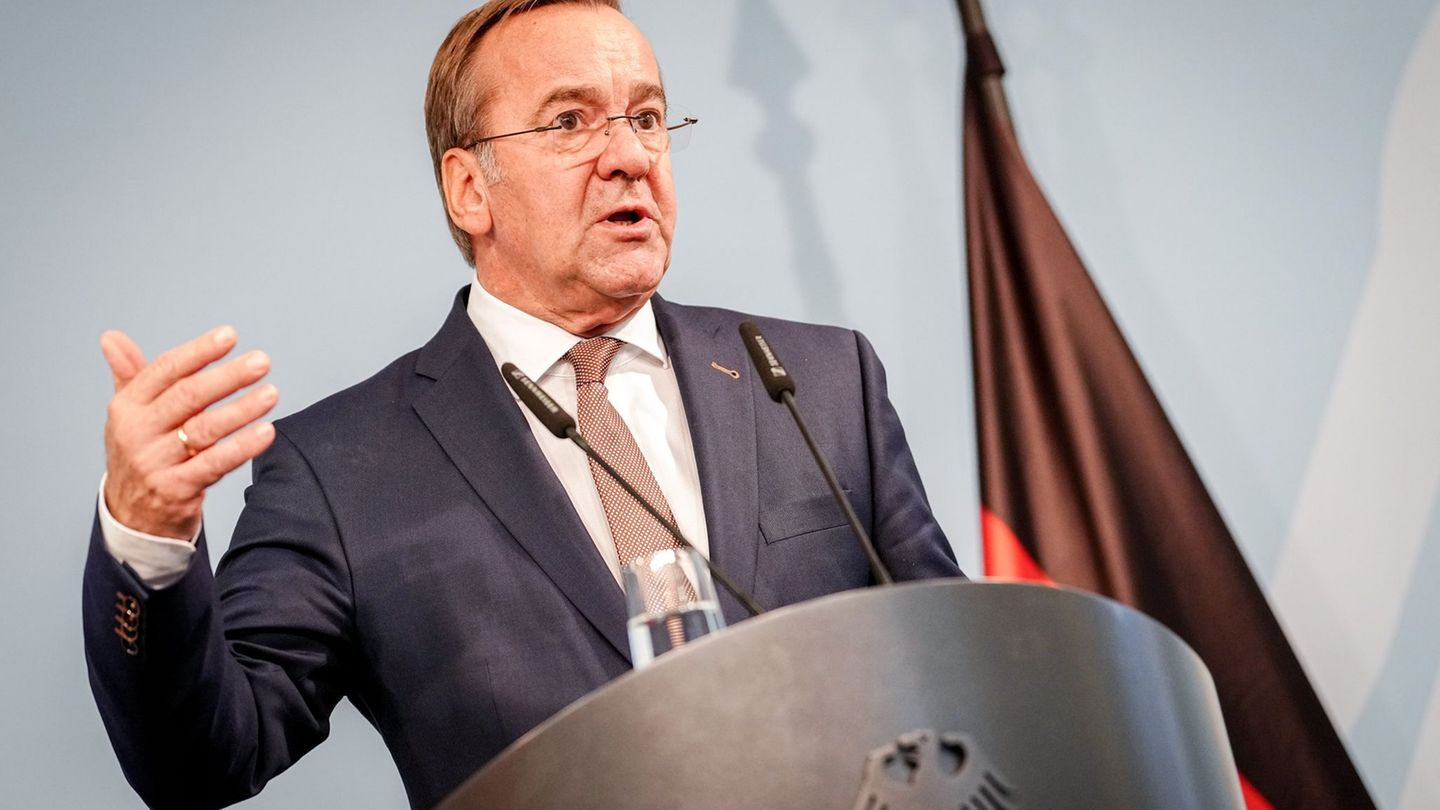(By Eva Marabotto) The Los Macocos theater band presents the fourth season of “Kill Hamlet” at the Centro Cultural de la Cooperación on Fridays and Saturdays in Buenos Aires, with which they humorously revisit William’s most emblematic and existentialist tragedy. Shakespeare.
Far from reversing the story of the young man tormented by the death of his father, or falling into parody, the humorous group that has been running for 38 years with emblematic titles such as “The fabulous story of the unforgettable Marrapodi”, “Los Albornoz” and “Male Continent” deals with the reverse of life at court in which Prince Hamlet and the unfortunate Ophelia move to tell other hardships: that of the traveling minstrels of the time.
In this way, the members of the group give life to four buffoons who seek to earn a living with their art and end up involved in the fights between Hamlet, his mother and his uncle Claudio. Humor and entertainment become a fierce denunciation and a reflection on the human condition, and each “Macoco” unfolds to cover more than one character, delving into the abyss of each soul, only with a minimal change of costumes or a different modulation of the voice.
Télam: How does humor deal with Shakespeare’s most emblematic tragedy?
Daniel Casablanca: All tragedies and all classics have humor. There are hors d’oeuvres or comic scenes. In Enrique V, for example, there are the thieves who make up a humorous duo. Laughter has to do with deconsecrating the classic, making it contemporary, “disrespecting” it in the best sense so that it is not dead.
We give Shakespeare an electroshock to revive him and show again that he is popular theater. It was theater for the whole family. The man came to the Globe Theater with his chickens, the mother with her baby and there was a barbaric noise. Then there were hors d’oeuvres with a character explaining what had just happened and repeating what they said for those who were distracted or not listening. That is what we recovered, the live theater, our way of understanding the theater.
T: They talk about medieval history, about other works by Shakespeare… Isn’t the risk that the public doesn’t understand or doesn’t know what they’re talking about? Or do they speak to an audience that has those skills?
Martín Salazar: No, there is no fear that people will not understand why Shakespeare is so great that his stories are very easily synthesized and anyone can understand the story of Romeo and Juliet even in one sentence, like “a boy was very sad because his girlfriend was dead, she took poison and died and the girlfriend wakes up and sees that the boy is dead and commits suicide”. Everyone stays inside the story. Perhaps people with more data will have more fun with the parts of “Hamlet” as references to the work because they will see the characters they already know incarnated. But we’ve tested the play with people who didn’t know anything about Shakespeare and his work and that love for the classics is there.
T: How do you find the balance between physical, gag, and intellectual humor?
Marcelo Xicarts: I don’t know how much physical humor we have, at least recently. What are characteristic are the rapid and dizzying character changes. Then the balance arises between that and intellectual humor, the puns that have to do with the research we do, the stories we’ve read, the things that worry us or that amuse us. The particularities and oddities that we found in Hamlet since we were kids and we began to study theater.
T: What is the validity of this work of nomadic artists from the 13th century? What is he talking about to the current public?
Gabriel Wolf: Perhaps it is valid because we make it Los Macocos in the year we are studying or that it premiered in 2021. I mean that it is contemporary to our production, to us as actors and as members of a group that already comes with many years of work Perhaps the validity is given by the continuity in the time in which we have been working. We have taken this text from “Hamlet” and we have adapted it to what we wanted to tell, more related to the buffoonery, is to speak from the skull of Uncle Yorick, the buffoon to tell Hamlet. Because “Hamlet” is always being performed and Los Macocos couldn’t leave this world without doing our “Hamlet”.
What does he speak to today’s public? Don’t know. I imagine that it is like any poetry, play or artistic work, in which it is the spectator who, between quotes, consumes that work or that artistic fact, gives it his own reading, is moved or not moved, decodes it. in its own way and the important thing is that. We are always going to tell something limited in time and space and then it is left to the discretion of the viewer, who is the one who takes it and processes it. It is the task that poetry does.
T: In addition, you know how to find “winks” to the present: the mention of the judges of the Court, of the political alternatives of the right, center right, etc. Do you consider them essential in the plot or a mechanism to create complicity?
GW: All the mentions of current affairs, the anachronisms, the names of the streets, we are testing them in rehearsals. We then tried them out with the public on duty, to see what happens and see if we can go ahead with that and, ultimately, here is also the look of our director Sebastián Irigo, who is the one who raises or lowers a thumb to see if that remains or not. We try to distribute these occurrences throughout the work as they appear, but not all the time because they are not essential to the plot.
There are many of these mechanisms of complicity in the theater that we do, in that play theater of Los Macocos. I want to say that we play that theater, but if one takes each thing into account separately, it doesn’t give any results, we have to take the whole into account.
T: How do the works of Los Macocos adapt to the different spaces where they were presented: the off, international festivals, official theaters and currently the Cultural Center of Cooperation?
MX: Actually, we always think of the shows to do them anywhere and we try to make the scenery match. With the first set design of the show we did not achieve it, but with the one that Marcelo Valiente did now, yes (Note: there are three doors through which the characters enter and exit and a series of tombs in which the characters meet their dead) .
We don’t really need anything. Just that there are four of us. Let there be light, let our voices be heard. The ideal is what we now have in the Cultural Center of Cooperation. And then we love to travel and take our shows on tour, to other places in Argentina or abroad. We don’t need much, just to be heard and somewhere to hide and change.
Source: Ambito
I am an author and journalist who has worked in the entertainment industry for over a decade. I currently work as a news editor at a major news website, and my focus is on covering the latest trends in entertainment. I also write occasional pieces for other outlets, and have authored two books about the entertainment industry.




